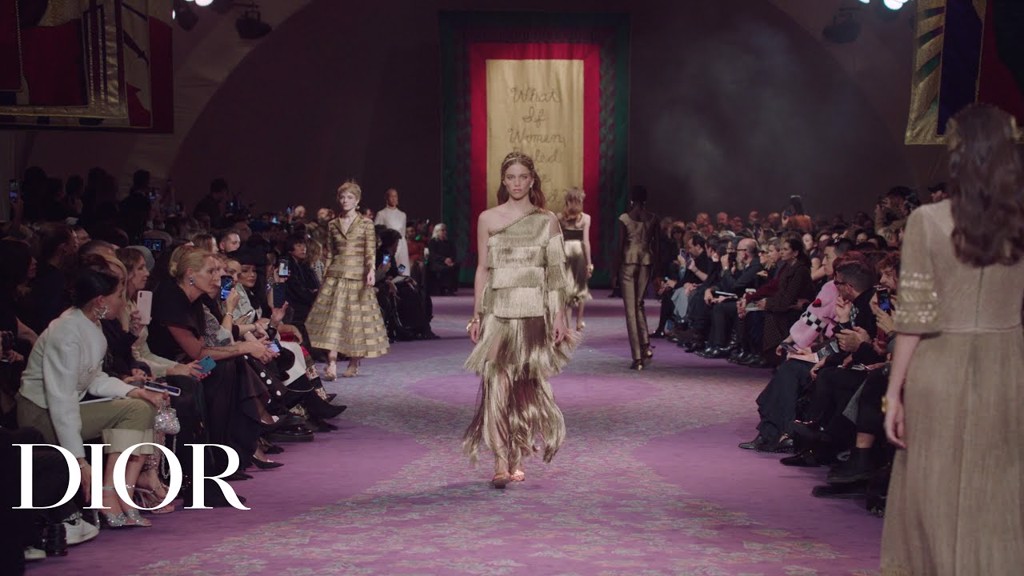Fashion
Dior – the origin story of the Haute Couture brand
Dior, a name probably known and loved by all fashion fans, is today one of the biggest and most successful brands in the world. With a history of more than 70 years, this French fashion house has created haute couture and has become a mainstay in the haute couture world. So what is Dior’s story? Let’s take a look at the authentic shoes now!
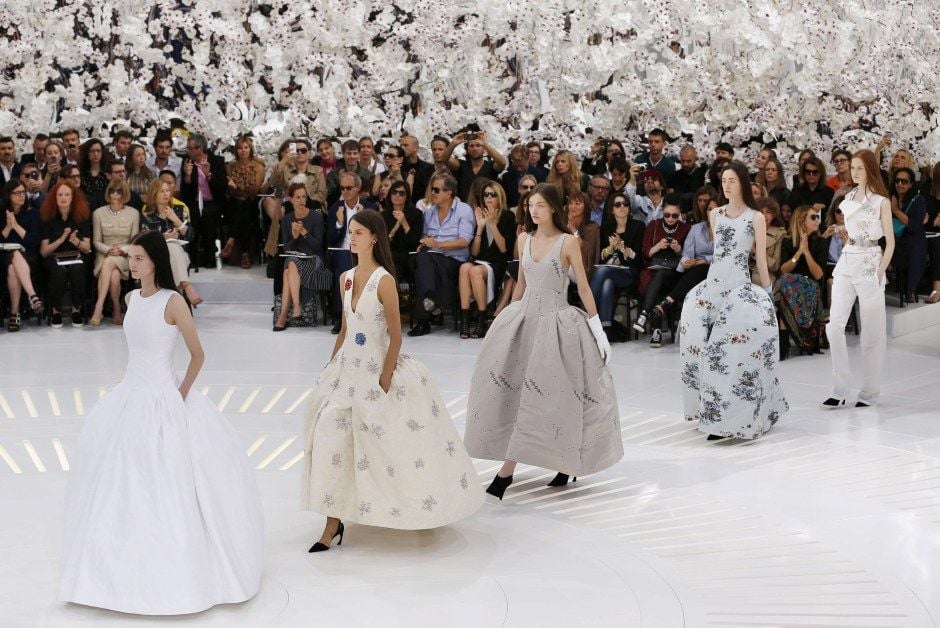
The origin and vision of Christian Dior
Christian Dior was born on January 21, 1905 in Granville, France. At the age of 5, he moved with his family to Paris and soon showed an interest in sparkle, beauty and flowers. Therefore, he gradually formed the painting and artistic path he wanted to pursue, and was deeply influenced by famous painters such as Jean Cocteau and Salvador Dali. With the support of his father, Christian opened an art exhibition with two friends that quickly attracted a lot of attention.
The economic crisis of 1929 took him by surprise, and he not only had to close the exhibition because of financial constraints, but also had to mourn his mother and younger brother. His family business also plummeted and he was forced to sell everything to make a living. Soon, one of the greatest designers of the 20th century suffered from homelessness and came to terms with his life.
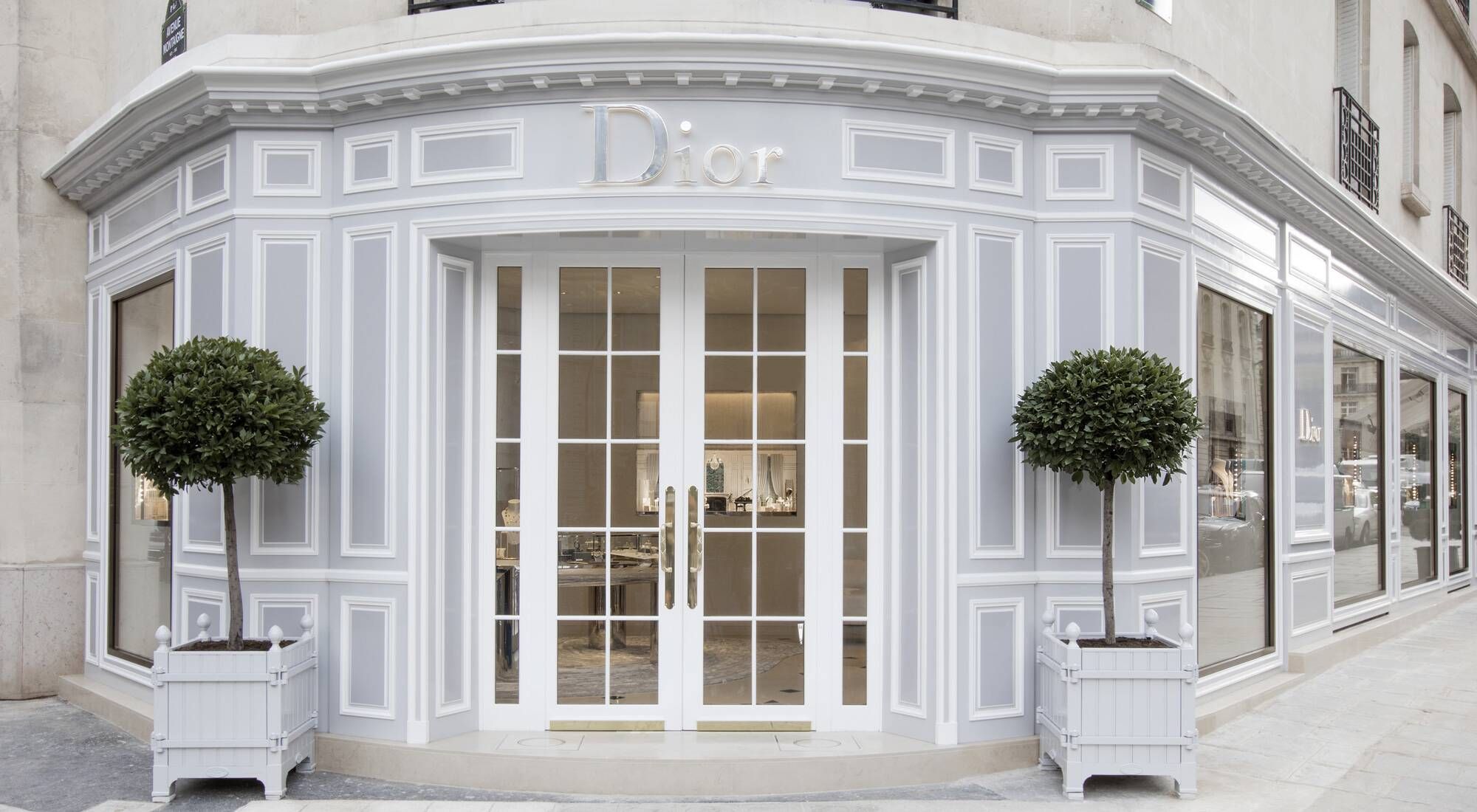
You might not know it, but the talented designer is a “mental” addict who regularly uses tarot cards before making every decision – from fashion to business. It is no exaggeration to say that he already knew the situation. One source said he was once told by the media, “You’re going to suffer for a while in poverty, but women will covet him for the rest of their lives.” (Christian Dior is gay, but women still covet his brands and designs. )
After a period of hard work and military service in 1940, Christian Dior was discharged in 1942 and accepted as a designer for the French fashion house. He learned a lot while designing dresses and costumes for Nazi officials and the wives of French aristocrats. Not only that, but thanks to his direct exposure to World War fashion, he realized many things that could improve and innovate the industry.
Late 1946: With the help of cotton tycoon Marcel Boussac, the designer founded the Christian Dior brand in Paris.
1947: He released his first collection, containing 90 different designs. Designs centered on the hourglass shape (restricting the hips, emphasizing the bust) opened a new chapter in the industry, making the fashion capital of the world – by nature the center of all minuses, but one must be worshipped.
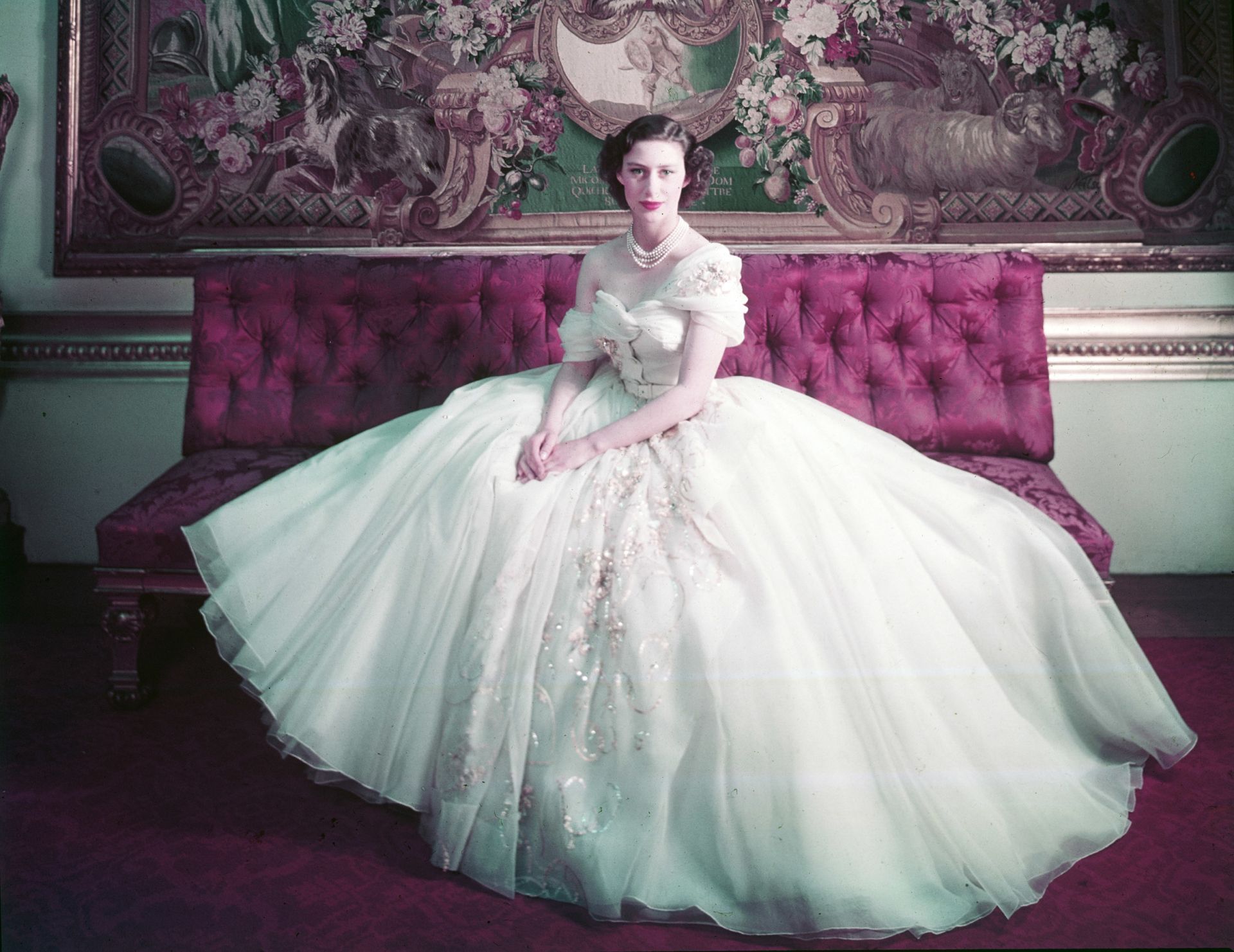
However, the designer has also received a lot of criticism for “wasting” the fabric when his designs required a lot of fabric to make. This criticism came from the majority of the public, who had to live under the yoke of fascist rule and suffered extreme poverty. These things are entirely in the calculations of Christian Dior, because he wants his clothes to be a symbol of wealth and luxury.
That same year, Dior rose to “peak” status that no other fashion house had ever achieved, even though his brand was less than a year old. From celebrities to royalty, everyone wants to own the designs of this great French designer. He decided to expand a store in New York and expand the fragrance branch.
Late 1940s: When Christian Dior’s company monopolized 75% of Paris’ fashion exports and 5% of France’s total exports, no one could match Christian Dior.
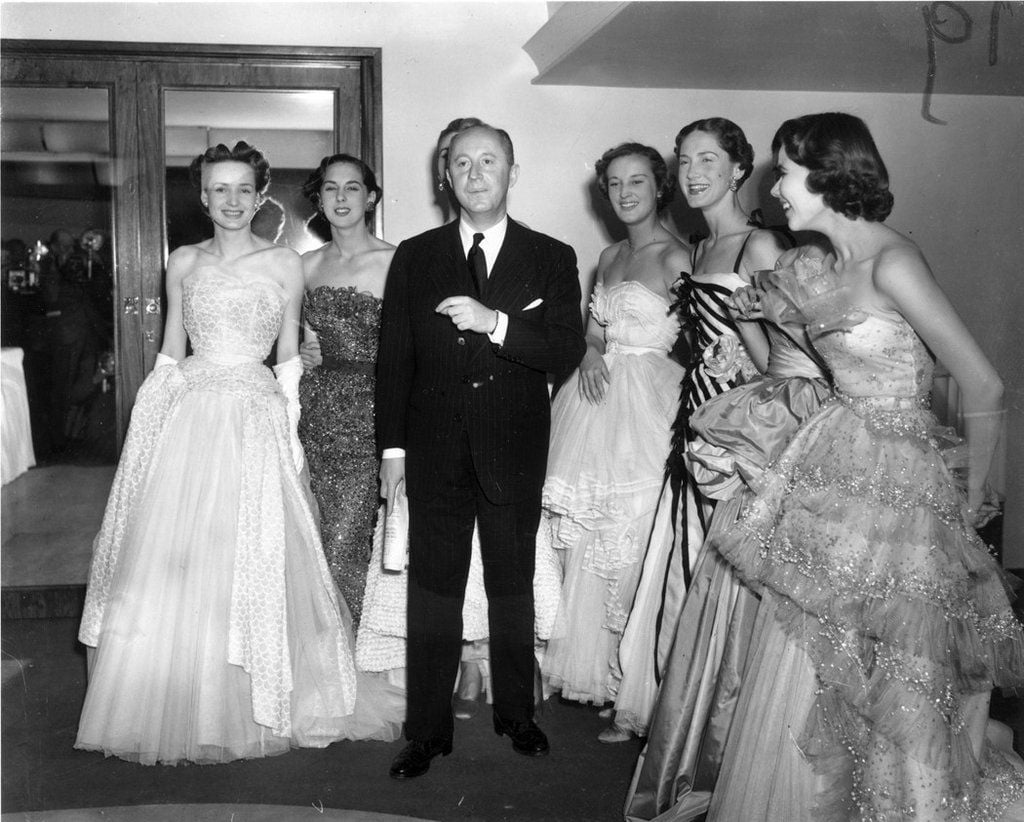
1955: Dior met and recruited a young man named Yves Saint Laurent. 1957: He announced that this young man would succeed him in the future after his death, an announcement that was “ridiculous” to everyone because everyone thought he was very young and healthy. But who would have thought that he died suddenly of a heart attack during a trip to Italy.
Inheritance and horizon expansion for descendants:
1957: Following his mentor, 21-year-old designer Yves Saint Laurent continues to maintain Dior’s original style, materials and shapes. However, the design of the YSL is slightly lighter and more comfortable to wear. After successive successes, he gradually became more subversive, until the 1960’s Bohemian collection, influenced by hippie culture, was heavily criticized by old French public opinion. Not surprisingly, Dior’s management also felt that the brand’s style was threatened by YSL’s creativity.
1960: When the French designer was drafted into the army, Dior management “betrayed” him and announced his next successor as Marc Bohan. The events at the time caused a public outcry, and a year later, the Yves Saint Laurent brand was launched.
1960s to 1980s: After Mr. Marc Bohan succeeded, he continued the Dior design tradition with a conservative and luxurious aristocratic style. Once again, as a slap in the face to Yves Saint Laurent, the media hailed Mr. Bohan as a “brand saviour” at the time. In 1967, his assistant Philippe Guibourgé launched the first French ready-to-wear collection, called “Miss Dior”.
Early 1980s: Bernard Arnault, a very familiar figure in haute couture, used his talent to successfully acquire Mr. Boussac’s group (Dior’s first investor) and sell socks, all but Dior. After that, he continued to acquire the LVMH group (Louis Vuitton Moet Hennessy), and in 2017 the Christian Dior company was officially incorporated into the group.
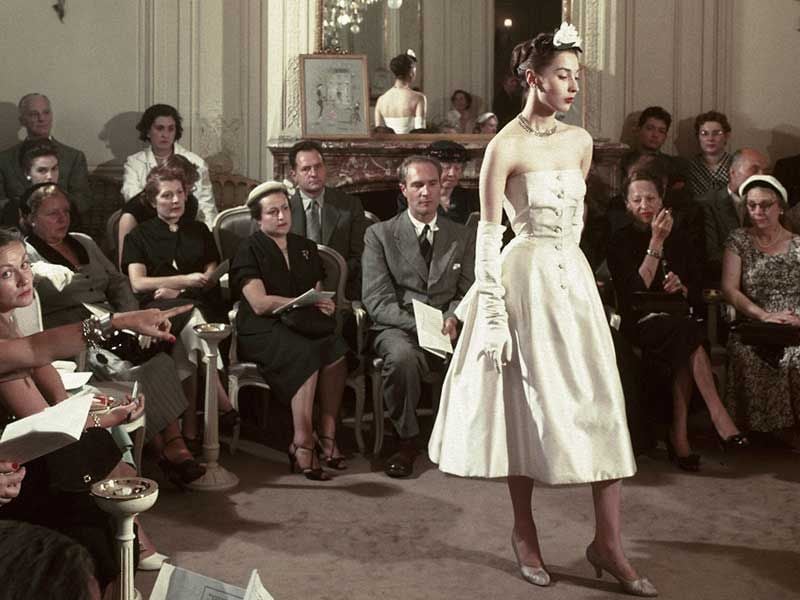
1989: Mr. Bohan decides to leave Dior and Gianfranco Ferré is chosen by Bernard Arnault as the brand’s new creative director – the first foreigner to take over the position. The Italian designer decided to set a new direction for Dior, launching new models with romantic and feminine lines.
1990: Dior reaches a new milestone by opening more stores in New York, Los Angeles and Tokyo. The company’s revenue also increased from $129.3 million to $177 million in five years.
1995: Not only was it a commercial success, but the brand received a lot of attention when it came to designing the “Lady Dior” bag for the British Princess Diana, Princess of Wales. Soon, over 200,000 bags were sold in 2 years, contributing to a significant revenue growth for Dior Leather Goods.
The second “Christian Dior” appears:
1997: Gianfranco Ferré is succeeded by John Galliano under the influence of Anna Wintour, editor-in-chief of Vogue. In addition to his British background, John has been compared to a second “Mr. Dior” not only because of his homelessness when he started his business, but also because of his creative and design style that blends creativity, romance, feminism and modern.
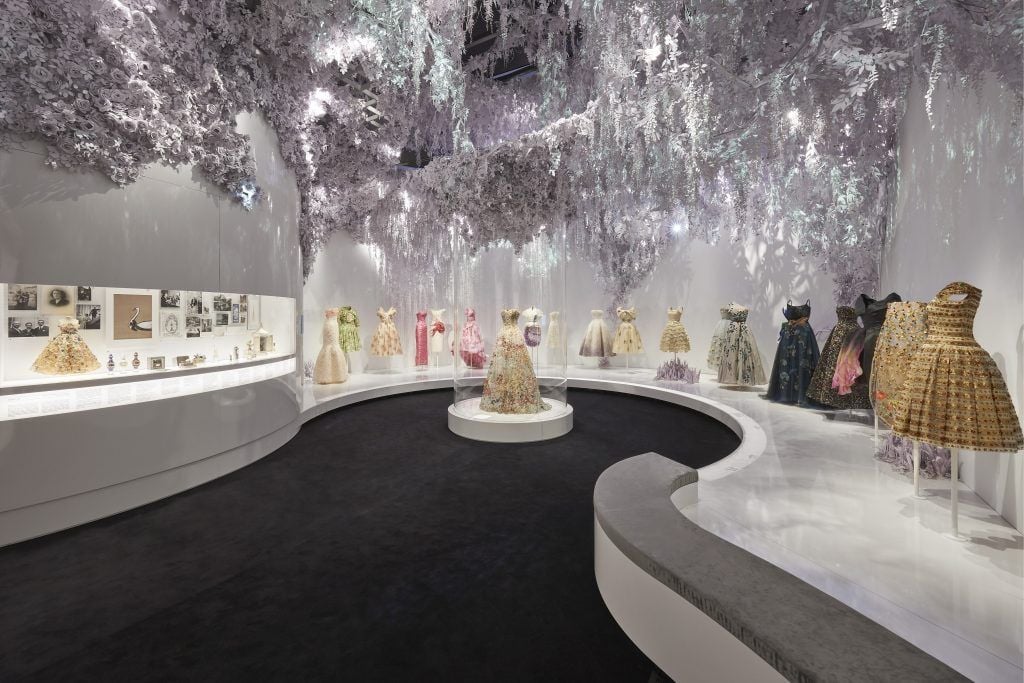
2000: Galliano didn’t hesitate to launch his highly controversial 2000 collection in the fashion world when he came to power, titled “Homeless,” inspired by the homeless in Paris. All designs are crafted from newspapers, cutlery and home-made jewellery from mini whisky bottles. That same year, the controversial designer transformed Dior’s style into the “erotic chic” essence of Tom Ford’s Gucci. However, this nature is only manifested through advertising campaigns and not design.
In the same year, Hedi Slimane was appointed chief designer of Dior Homme, the company’s menswear department. He contributed to the “revival” of the area with a modern and masculine style. With this innovation, Dior Homme received more attention when Brad Pitt and Mick Jagger wore these designs.
2011: John Galliano’s anti-Semitic remarks spark controversy and public noise again. Under pressure, Dior was forced to fire the British designer and appoint Bill Gaytten to replace him. However, Bill also encountered a lot of difficulties and did not receive much support, leading him to leave the company early next year.
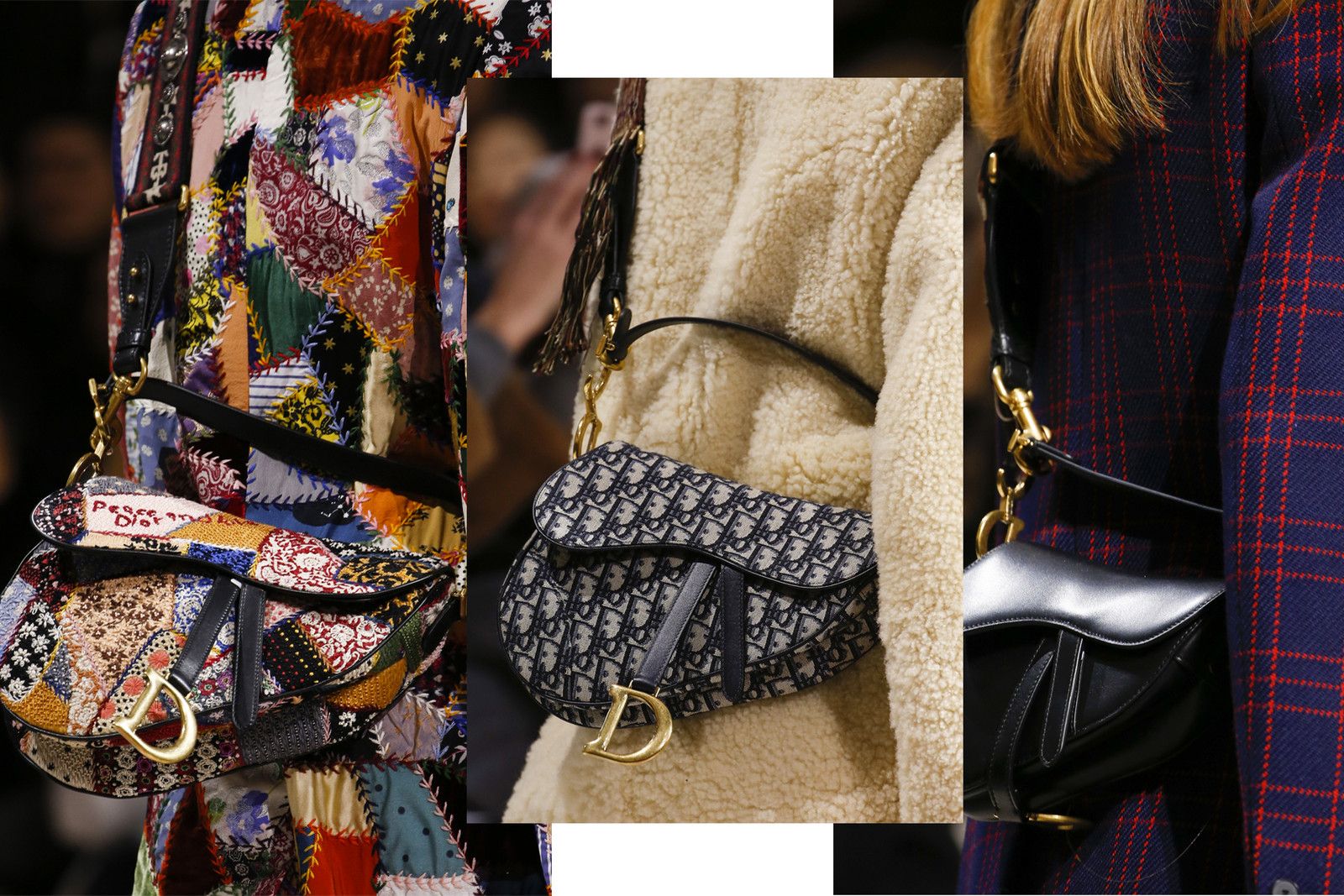
Innovation:
2012: The famous Belgian designer Raf Simons becomes the creative director of the French brand. His minimal, sophisticated, chic and fresh style breathes life into the designs on the runway. Not only does he have the responsibility of helping Dior bounce back after the John Galliano affair, but he also has to keep learning because he has no couture experience. Raf Simons did a great job with the Fall/Winter 2012 collection, which was considered the company’s “new fashion”.
2016: Maria Grazia Chiuri replaces Slimane as the French brand’s first feminist designer. With a strategic focus on the inherently feminine style of the 1950s, she adds fashion elements to suit the contemporary style. Plus, her collections add some masculinity, blend elegance with edgy, and get a lot of positive feedback. To this day, Maria Grazia Chiuri remains the guardian of Dior’s womenswear, keeping pace with Kim Jones’s menswear, constantly achieving new successes.
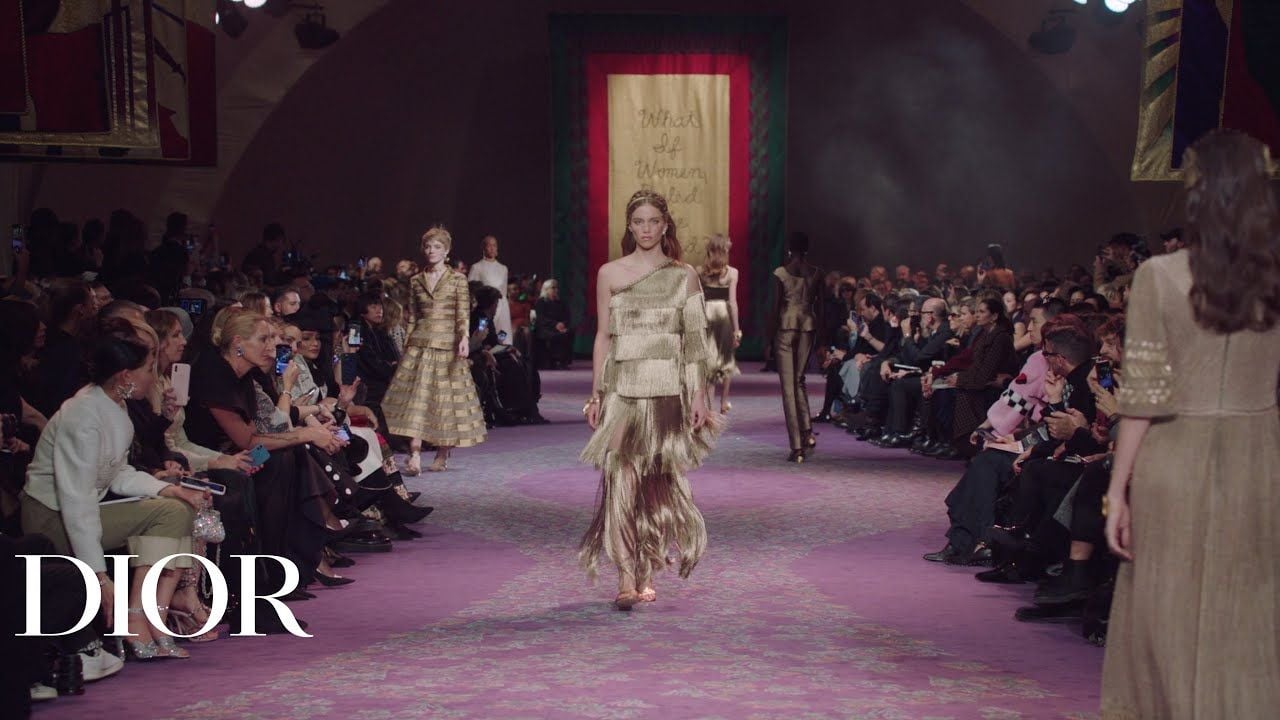
Fashion has to keep up with the times, and despite its ups and downs, the French brand continues to captivate the public with its groundbreaking, revolutionary and highly innovative designs. As a young man who loves the beauty of art and painting, Mr. Christian Dior has established an influential brand in the high fashion village and even the whole world.
Arguably, any change takes time to get used to, and while Dior ushered in a whole new era for the haute couture empire, the inappropriate was eliminated. At the same time, over time, at the top of the fashion industry, we see more and more representatives such as Chanel, Prada, Louis Vuitton, Gucci… no longer a unique position, but contribute. The leader is still something undeniable, and it has laid a solid foundation for the burgeoning fashion industry today.
Also, don’t forget to refer to: Gucci – Luxury brand gradually dominates the Vietnamese market

